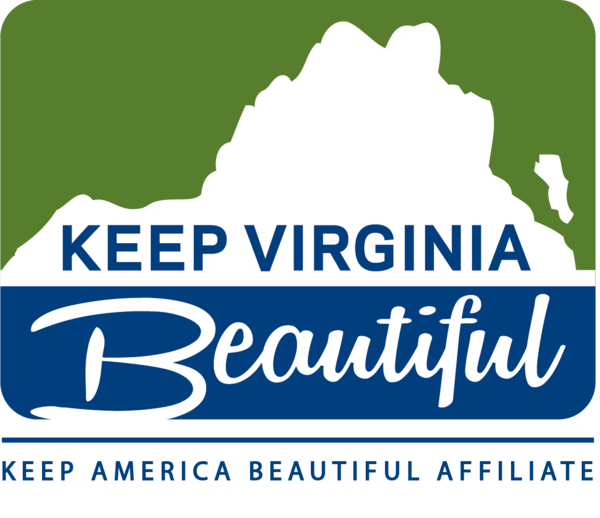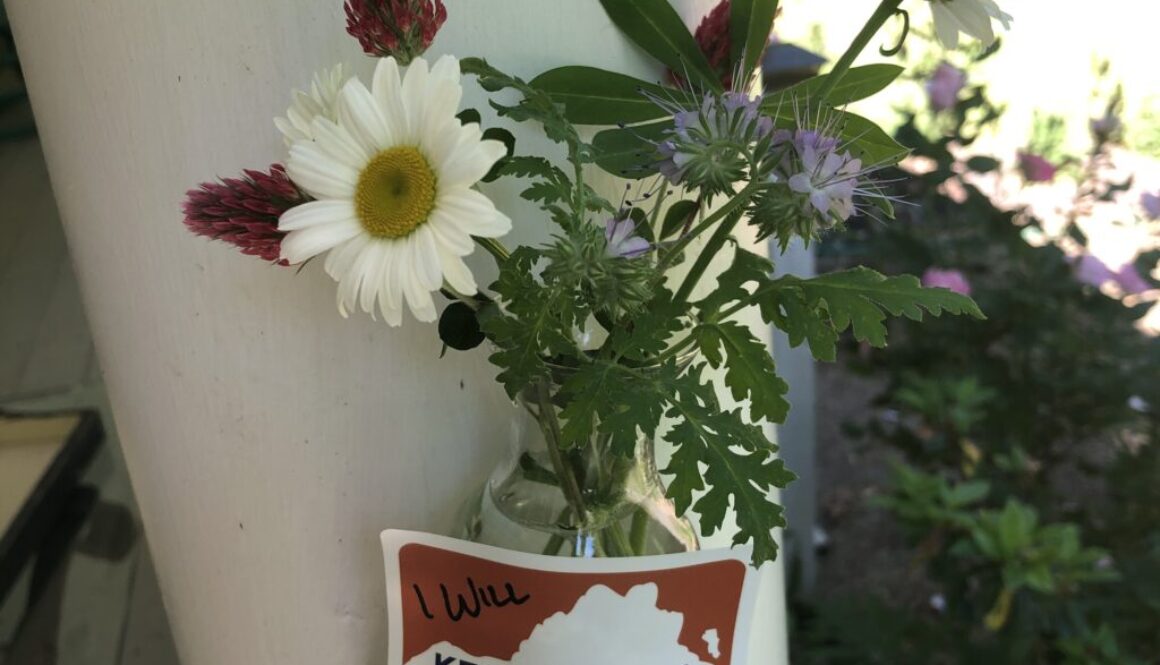Get Growing with Free Seeds
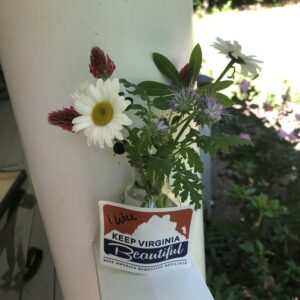 Maybe you celebrated Mother’s Day with someone who was like a mother to you? And what about Mother Earth? Maybe we should honor her and give her gifts. I bet she would like some flowers – who wouldn’t?
Maybe you celebrated Mother’s Day with someone who was like a mother to you? And what about Mother Earth? Maybe we should honor her and give her gifts. I bet she would like some flowers – who wouldn’t?
The best kind of flowers to give Mother Earth would be to plant native flowers in your yard, in pots on a balcony, or to partner with an organization that has a public space that needs to be beautified! We can help you get started – now is the perfect time to plant wildflower seeds, and we’d like to give you a free package of wildflower seeds!
Just go to our website to take the pledge to help end litter, and we’ll mail you some high-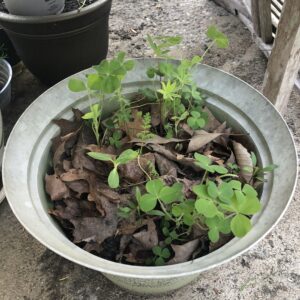 quality Virginia wildflower seeds, like Crimson Clover, Lupine, Asters, and Rudbeckia. Perennials will come back again each year – mine are already up in one of the pots I planted!
quality Virginia wildflower seeds, like Crimson Clover, Lupine, Asters, and Rudbeckia. Perennials will come back again each year – mine are already up in one of the pots I planted!
Why is it important to plant native flowers? Native plants attract native insects; native insects are eaten by native birds and wildlife, so it’s said, “To feed the birds, first feed the bugs.” Spicebush Swallowtail Butterflies’ favorite host plant is (not surprisingly) the Spicebush, providing it with food and shelter. It stays hidden in the leaves as a caterpillar, flies around as a Swallowtail, then later the female will lay its eggs on the Spicebush. And the cycle starts over again.
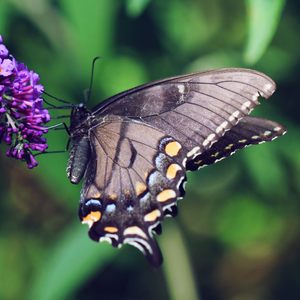 If you have a shrub with some chewed edges and holes in the leaves, that’s good! It means caterpillars are enjoying the leaves that are right for them. Flowers and bushes that are not native to our area will not support native wildlife.
If you have a shrub with some chewed edges and holes in the leaves, that’s good! It means caterpillars are enjoying the leaves that are right for them. Flowers and bushes that are not native to our area will not support native wildlife.
Native plants also require little irrigation or maintenance because they are already adapted to the climate and soil conditions of our region. The same goes for native bushes and native trees.
If you’re not sure which kind of native plants are best suited for where you live, you can use this free link to the Virginia DCR Native Plant Finder. Skip down to the second information box to enter the region where you live and choose some filters to help choose which sort of plants are best for those conditions.
Also, the Virginia Native Plant Society has published native plant guides for each of the regions of Virginia. They are available free as a downloaded PDF, or you can purchase the physical brochures online. Some locations of Virginia Cooperative Extension offices have physical copies available for pickup too. Here’s a YouTube video titled, “Landscaping with Virginia Natives” that offers additional information.
Need to know where to purchase native plants? Here’s a list of Native Plant Nurseries all around the state. Hopefully this gives you what you need to get started with, or add, native plants in your corner of the Commonwealth.
Now, get growing!
